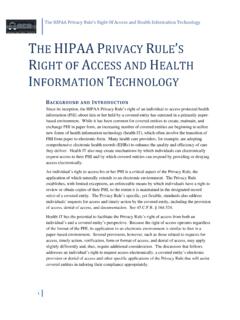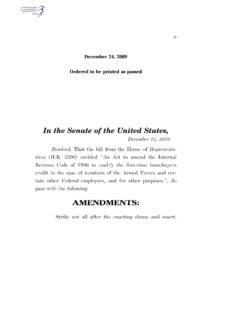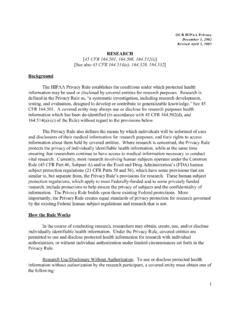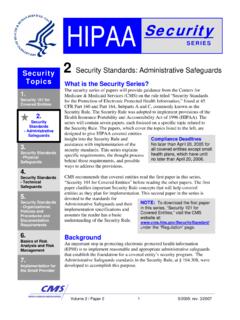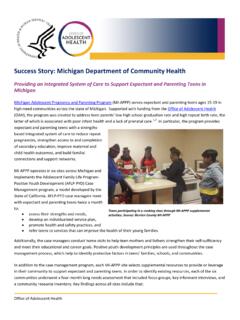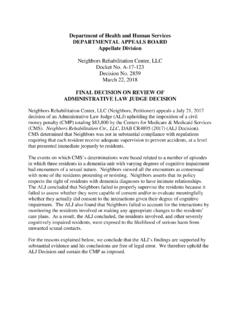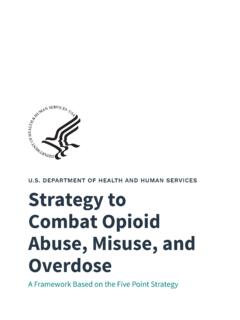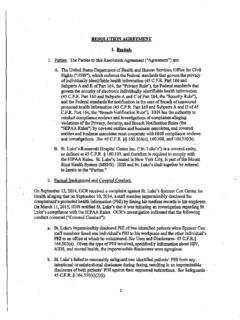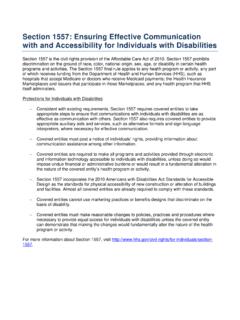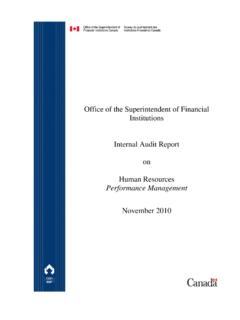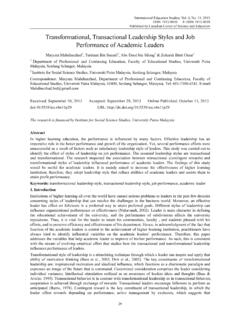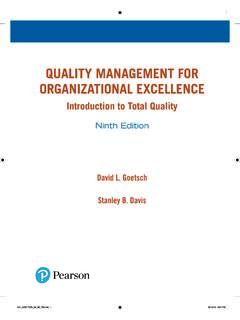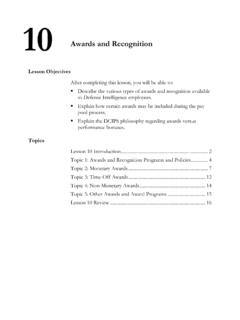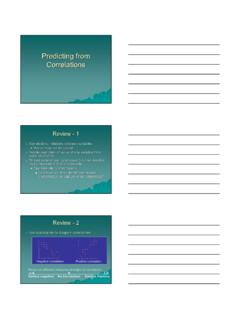Transcription of Performance Appraisal Handbook - HHS.gov
1 Working Smarter for America Department of Health and Human Services Performance Management Appraisal Program (PMAP) Handbook A Resource Guide for Supervisors and Employees Office of the Secretary Office of Human Resources HHS PMAP Handbook TABLE OF CONTENTS INTRODUCTION .. 4 IMPORTANCE OF Performance MANAGEMENT ..5 PLANNING.
2 6 Developing Performance Plans ..6 Employee Performance Plan: HHS Form Administrative Requirements Element ..8 Performance Elements ..9 Performance Benchmark Standards ..11 Employee Documenting Elements and Standards ..14 MONITORING Feedback During the Performance Midyear Review ..15 DEVELOPING EMPLOYEES ..15 Formal Employee Development ..16 Informal Employee Development ..17 RATING EMPLOYEES ..17 Roles of the Rating Official ..17 rewarding Performance ..18 Performance Award Eligibility.
3 18 ADDRESSING POOR Partially Achieved Expected Results Achieved Unsatisfactory Results Level ..19 Unsatisfactory Performance Vs. Misconduct ..20 SUPERVISOR S CHECKLIST FOR APPRAISALS ..20 Meeting with Conducting Midyear Reviews ..21 Conducting End-of-Year Reviews ..22 EMPLOYEE S CHECKLIST FOR Advantages of a Midyear Review to the Employee ..22 Employee Preparation for the Midyear Review ..23 Employee Preparation for the End-of-Year Review ..23 Employee Discussion During the End-of-Year DEVELOPING THE INDIVIDUAL DEVELOPMENT PLAN (IDP).
4 24 Goals of the IDP ..24 Employee s Responsibilities for an IDP ..26 2 HHS PMAP Handbook Rating Official s Responsibilities for an QUESTIONS AND ANSWERS ..27 Awards In Performance -Based Time-Off Awards ..28 The Performance Labor Relations ..31 Quality Step Increase (QSI)..32 Performance Plans ..32 GUIDE FOR NON-STANDARD SITUATIONS ..35 DEFINITIONS .. 37 3 HHS PMAP Handbook INTRODUCTION Managing employee Performance is an integral part of the work that all managers and rating officials perform throughout the year.
5 It is as important as managing financial resources and program outcomes because the degree of employee Performance has a profound effect on both the financial and programmatic components of any organization. The Performance Management Appraisal Program (PMAP) policy of the Department of Health and Human Services is designed to document the expectations for both individual and organizational Performance , provide a meaningful process by which employees can be rewarded for noteworthy contributions to the organization, and provide direction to improve organizational success at every level.
6 To accomplish these objectives, managers need to identify organizational goals to be accomplished, communicate individual and organizational goals to employees that support the overall strategic mission and the Government Performance and Results Act (GPRA) goals of the Department, monitor and evaluate employee Performance , and use Performance as a basis for appropriate personnel actions including rewarding noteworthy Performance and taking remedial action to improve Performance not meeting expectations. The Office of Personnel Management (OPM) defines Performance management as the systematic process of: Planning work and setting expectations.
7 Continually monitoring Performance . Developing the capacity to perform. Periodically rating overall Performance . rewarding noteworthy Performance . This HHS PMAP Handbook complements the Department s PMAP policy, dated April 6, 2015, and provides supervisors and employees with a uniform working guide for the day-to-day administration of Performance management. This Handbook is intended to help supervisors manage employee Performance that is aligned with and in support of organizational goals. This Handbook includes step-by-step explanations, and easy-to-follow checklists, for activities conducted throughout the Performance cycle, and it standardizes working procedures to ensure consistent conformance to Departmental requirements.
8 As such, this Handbook serves as a valuable training resource especially as a quick overview of Performance management requirements for supervisors and employees, including new employees. This Handbook provides information and guidance and must not be construed to contradict Departmental PMAP policy or any Collective Bargaining Agreement. Please direct all questions and concerns to the Performance Management Division, Office of the Secretary, at 4 HHS PMAP Handbook IMPORTANCE OF Performance MANAGEMENT In today's workplace, Performance improvement and the role of Performance management are increasingly popular topics.
9 Why the intense focus on Performance management now? Business pressures are ever-increasing and organizations are now required to become even more effective and efficient, execute better business strategies, and do more with less to remain competitive. The primary reason to ensure Performance management processes are functioning properly is to tighten the link between strategic business objectives and day-to-day actions. Effective goal setting (including timelines), combined with a method to track progress and identify obstacles, contribute to success and bottom-line results.
10 Regularly tracking progress against Performance goals and objectives also provides the opportunity to recognize and reward employees for Performance and exceptional effort, contributing to job satisfaction, and productivity. What is the impact of a poorly structured and implemented Performance management process? If individual goals are not aligned with business strategy, then time and resources are wasted. Low employee engagement levels may mean that individuals are not performing at their best. Inconsistent evaluation criteria and rewards can lead to mistrust, lower productivity, and higher attrition.
